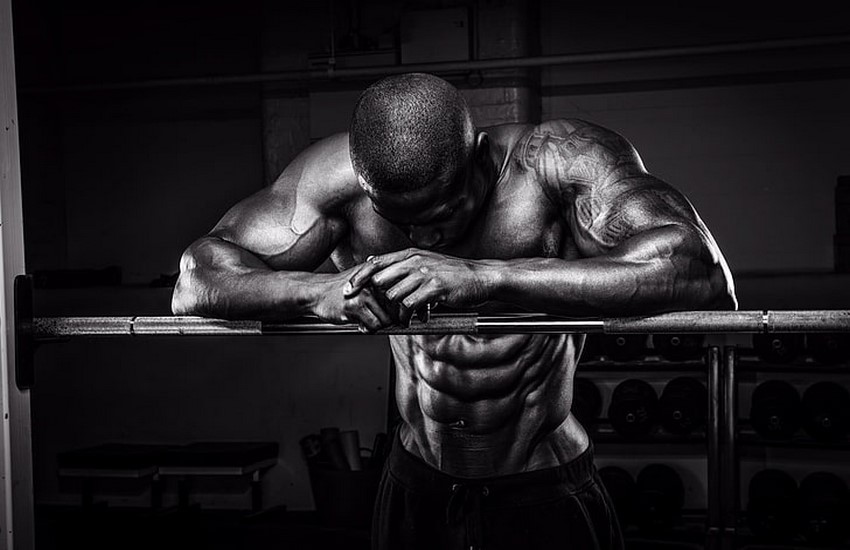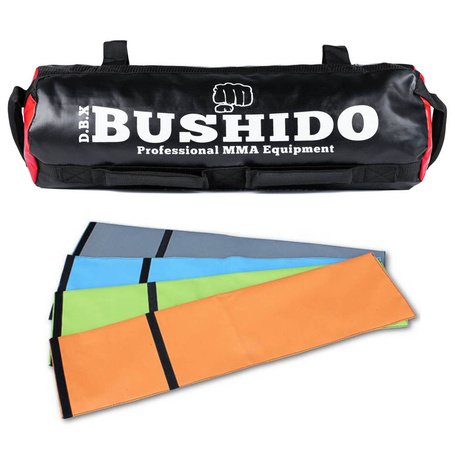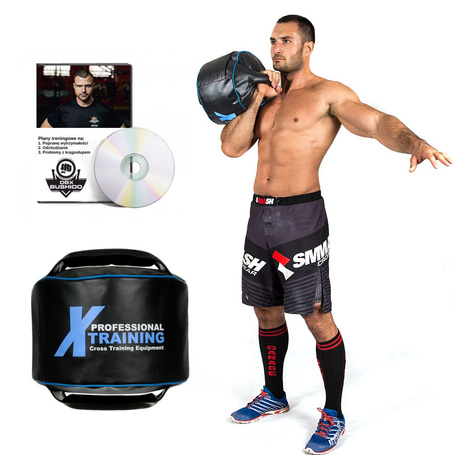Abdominal training for combat sports cz.I
2018-04-26

Probably not one of you has heard the term deep muscle training or CORE muscle training.
We now see in virtually every gym people catering to plank-type exercises, and it looks like this is not a passing fad. Today I will mainly address the benefits of deep muscle training in combat sports, but I think everyone will draw something for themselves after reading the article, whether they are training another sport or exercising recreationally.
So coke ride...
What is the so notorious CORE?
Translating from English core means core or center. In relation to the human body, the term core means the entire lumbar-pelvic-hip complex. This is a particularly vulnerable and sensitive area (I'm sure each of you has had pain in the sacrum)What influences it ?
Well, in the upper torso, our body is protected by an armor made of ribs and spine.In the thoracic segment, a person from the point of view of biomechanics needs a lot of mobility. A much more important function, from the point of view of what our evolution has taken for granted, is to protect our internal organs. Including the heart and lungs which as is well known are delicate organs.
The situation is slightly different below the last rib. Here, in order for a person to run and walk, we can't have as much bone stock as we have in the thoracic region.
I will tell you honestly that as I deeply analyze the biomechanics of human walking/running, it is a seemingly simple activity, but nevertheless very complicated. It requires a really perfect distribution of weight over time (when the right leg goes forward then the left arm and torso must create a counterweight to distribute the center of gravity well. And vice versa with the left leg and right hand). As a curiosity I will tell you that the most difficult thing to do for designers of robots moving on two legs (resembling humans), is just to reproduce the human gait and so perfectly align the body in space relative to one limb to the other.
I wonder, by the way, how many robots for fat millions have ended up shattered on the ground by our complex biomechanics
What the abdominal muscles consist of ?
Probably most of you only associate the belly as the notorious 6pack. However, from the point of view of an athlete, apart from the nice visual aspects, it is not as important as the aforementioned complex.The abdominal muscles consist of:
-Transversus abdominis muscle, which is like a belt that wraps around us like a bodybuilding belt worn for heavy fights such as squatting. Its main function is (along with the diaphragm) breathing and creating pressure inside the abdomen. Thus, the stabilization of the body
-Abdominal oblique muscles both internal and external.
Their main function is the rotation and anti-rotation of the trunk. When you make a quick turn or kick, they must brake the body at the right moment, preventing damage to the spine. One more of their functions is to bend the torso to the side along with the back's widest muscle.
-The rectus abdominis muscle. That is, the notorious six pack. Its function is to bring the sternum closer to the pelvis. In sports, this is a muscle that, although it looks nice with low body fat, is less important than the aforementioned parts.
As I mentioned earlier, also important and strongly related to stability and abdominal muscles, are the pelvic muscles.
All pelvic floor muscles as well as gluteal muscles.
Good, but why are they so important?
Surely more than once you have heard from your trainer or someone else something like: harder from the hip. It is known not from today that strong and powerful blows are not just a matter of hand and upper limbs. In a really powerful and dynamic blow our whole body is involved. It begins with a twist of the foot, followed by a twist of the pelvis, which transmits the generated power to the upper limbs. (The pelvis is our largest and also the strongest joint, thus generating the most power).
What happens when we have too weak a core?
Well, there are so-called energy leaks. Power cannot be transmitted properly because the muscles are not strong enough to brace themselves and transmit like a spring the power to the hand in, say, a straight punch. This can be applied to virtually any sport, because whether running or playing tennis, everywhere we engage in energy transfer from lower to upper limbs. The bridge is the so-called CORE, or strong abdominal muscles.In part 2 I will write how to train the abdomen and what exercises to do.
Author of the article:
 | Artur Jobda Personal trainer, nutritionist |
Recommended
Share your comment


